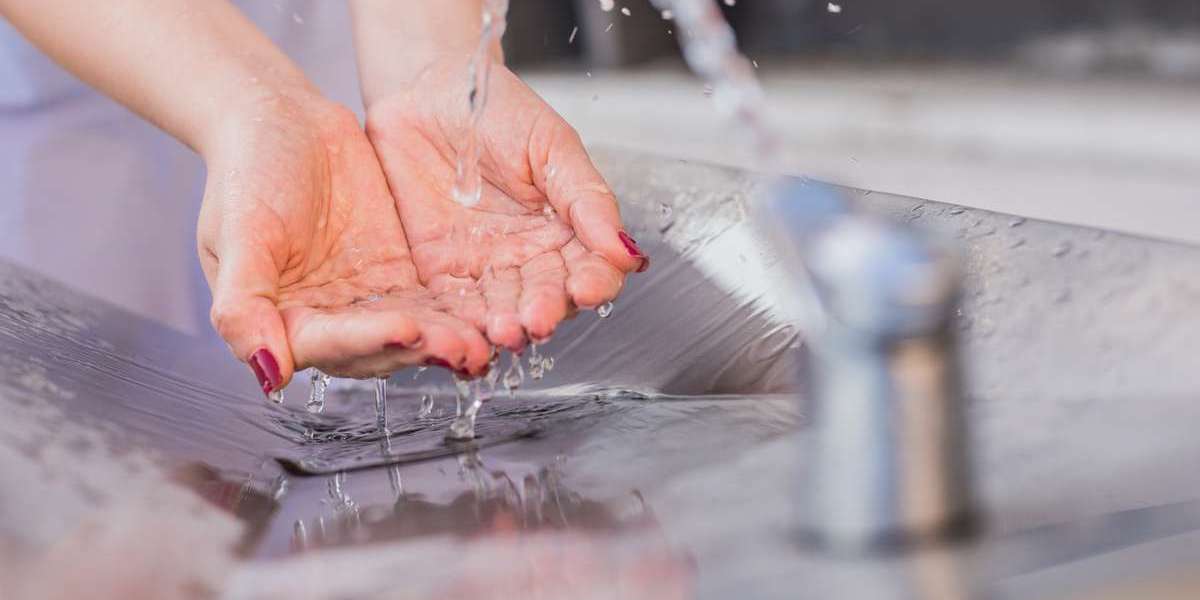Water damage can wreak havoc on your home, leading to costly repairs and disruptions in your daily life. However, with the right preventive measures in place, you can significantly reduce the risk of water damage and safeguard your property.
Understanding the Risks of Water Damage
Water damage can result from various sources, including plumbing issues, appliance malfunctions, natural disasters, and human error. Identifying these potential risks and understanding their impact is the first step in implementing effective prevention strategies. Common signs of water damage include water stains, peeling paint, warped flooring, and musty odors.
Regular Maintenance for Prevention
Regular maintenance is crucial for preventing water damage. Homeowners should schedule annual inspections of their plumbing systems, including pipes, fittings, and connections, to check for leaks or corrosion. Additionally, appliances such as dishwashers, washing machines, and water heaters should be inspected regularly for signs of wear and tear. Addressing minor issues promptly can prevent them from escalating into major problems.
Gutters and downspouts play a critical role in directing rainwater away from the foundation of the home. Homeowners should clean gutters and downspouts regularly to prevent clogs and ensure proper drainage. Installing gutter guards can help reduce the frequency of cleaning and minimize the risk of water damage caused by overflowing gutters.
Protective Measures for Your Home
Investing in protective measures can provide added security against water damage. Sump pumps are designed to remove excess water from basements or crawl spaces, helping to prevent flooding during heavy rainfall or plumbing emergencies. Water leak detectors can alert homeowners to potential leaks or water damage in areas such as basements, bathrooms, and laundry rooms, allowing for prompt intervention.
Applying waterproof sealants to vulnerable areas, such as basements, bathrooms, and exterior walls, can help prevent moisture intrusion and water damage. Homeowners should also ensure that outdoor faucets and hoses are properly insulated to prevent freezing and bursting during cold weather.
Managing Outdoor Water Sources
Proper landscaping techniques can help minimize the risk of water damage to the home's foundation. Homeowners should grade their yard away from the foundation to promote proper drainage and prevent water from pooling around the home. Installing French drains or dry wells can help redirect excess water away from the property.
Maintaining outdoor drainage systems, such as storm drains and catch basins, is essential for preventing water buildup and flooding during heavy rainfall. Clearing debris and ensuring that drains are free-flowing can help mitigate the risk of water damage to the home and surrounding property.
Precautions During Extreme Weather
Extreme weather events, such as hurricanes, floods, and severe storms, can pose significant risks of water damage to homes. Homeowners in high-risk areas should take proactive measures to prepare for these events, such as reinforcing windows and doors, securing outdoor furniture and equipment, and creating an emergency evacuation plan.
During periods of heavy rainfall or flooding, homeowners should monitor weather forecasts and be prepared to take action to protect their homes and families. This may include installing flood barriers or sandbags, elevating electrical appliances and utilities, and evacuating to higher ground if necessary.
Understanding Insurance Coverage
Reviewing homeowner's insurance policies is essential for understanding coverage options and limitations related to water damage. Standard policies typically cover water damage caused by sudden and accidental events, such as burst pipes or appliance leaks. However, coverage for flood damage may require a separate flood insurance policy, especially for homeowners in high-risk flood zones.
Homeowners should review their insurance policies annually and consider any necessary adjustments based on changes to their property or coverage needs. It's essential to understand policy deductibles, coverage limits, and exclusions to ensure adequate protection against water damage.
Immediate Actions in Case of Water Damage
In the event of water damage, taking immediate action is crucial to minimize the extent of the damage and facilitate the restoration process. Homeowners should shut off the water supply to the affected area to prevent further flooding and damage. If safe to do so, they should also turn off electrical power to the affected area to reduce the risk of electrical hazards.
Documenting the damage is essential for insurance claims and reimbursement. Homeowners should take photographs or videos of the affected areas, including visible damage to structures, furniture, appliances, and personal belongings. Keeping detailed records of cleanup and repair expenses can help streamline the claims process and ensure timely reimbursement.
Conclusion
Preventing water damage requires a multi-faceted approach that includes regular maintenance, protective measures, preparedness for extreme weather events, understanding insurance coverage, and prompt action in the event of water damage. By implementing these essential tips and additional information, homeowners can mitigate the risk of water damage and protect their homes and belongings for years to come.
Frequently Asked Questions:
How can I detect hidden water leaks in my home?
Look for signs such as unexplained increases in water bills, damp or discolored spots on walls or ceilings, and the sound of running water when no fixtures are in use.
Are there any eco-friendly options for preventing water damage?
Yes, installing low-flow fixtures, such as toilets, faucets, and showerheads, can help conserve water and reduce the risk of leaks and water damage.







